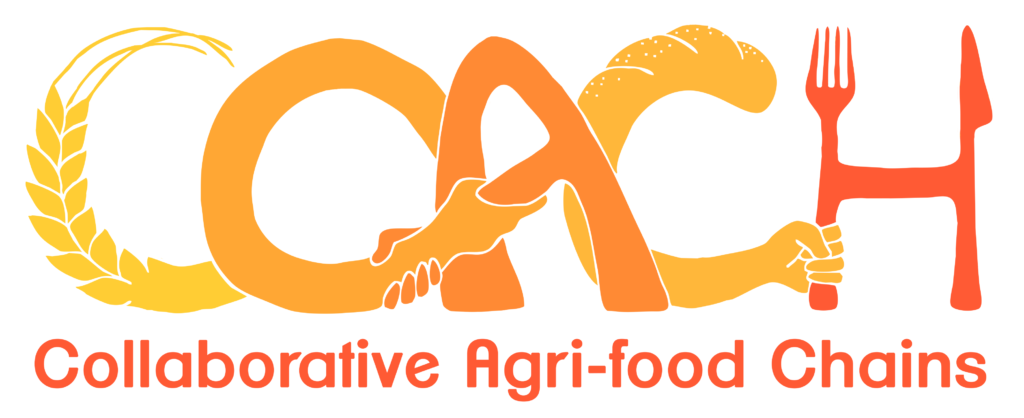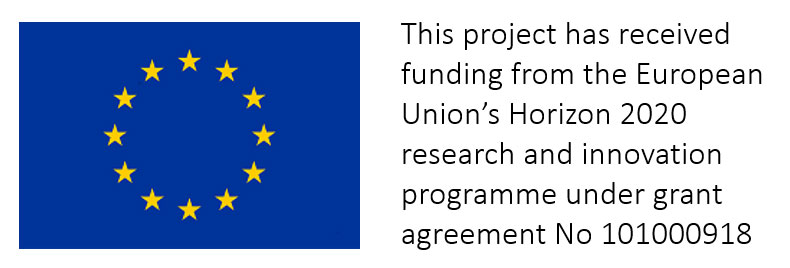Quantitative economic assessment tool
Quantitative methodologies are employed to collect and analyse numerical data that are measurable and can be quantified by means of economic values (e.g., economic costs and revenues).
Within the COACH project, in the costs and benefits analysis, a quantitative methodology was coupled with the qualitative assessment, to collect data and estimate distribution costs and revenues of the producers involved in the project, in selling though the SFSCs under analysis compared to an alternative longer and more conventional marketing channel available to them.
The methodology aims at identifying and estimating the value of inputs used (costs) and of products sold (revenues), for both SFSCs and benchmark longer/conventional distribution channels.

The overall objective is to reconstruct costs and revenues at each link in the value chain, for both distribution channels, focusing only on postharvest distribution (from farm’s gate onwards), under the assumption that agricultural costs are the same no matter the distribution channel used to sell final products.
Agricultural production costs are not considered in the quantitative methodology, because they normally are not dependant from the marketing channel used. Moreover, their calculation it is normally difficult, due to lack of data and high variability.
This kind of analysis and the related data collection process can be rather difficult, due to the complexity of the subject, the informality and lack of economic and financial in many SFSCs’ initiatives, and the strong interconnection between firms’ multiple production processes and distribution channels, which make it hard to isolate costs related to single products and single marketing channels. This is why, to be implemented, the quantitative methodology may require the support of an expert.
The full version of the quantitative economic assessment tool consists of an Excel file containing several grids designed to collect data on costs and revenues.
When the full quantitative methodology is too difficult to implement (e.g., complexity, lack of data), producers can utilize a simplified version of the tool, consisting of an Excel file with a simplified table for collecting data on costs and revenues. The simplified table allows to report data (or estimates) on costs and revenues in a more synthetic way, without the need to descend into analytical details, but providing an estimation for each cost item in the distribution process of the firm/actor interviewed.


